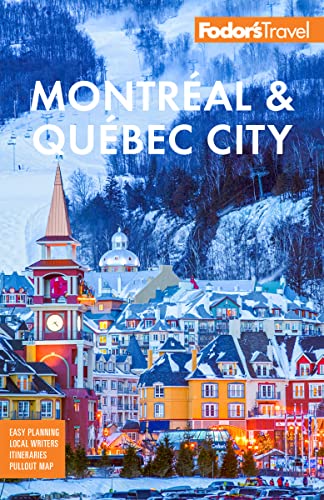No other place in Canada has so much history squeezed into such a small spot. Upper Town was a barren, windswept cape when Samuel de Champlain decided to build a fort here nearly 400 years ago. Now it's a major tourist destination surrounded by cannon-studded stone ramparts.
Home to the city's most famous sites, Upper Town's Old City offers a dramatic view of the St. Lawrence River and the countryside, especially from a ride on the funicular (C$2) or while walking along the Terrasse Dufferin, in front of the Château Frontenac. Historic buildings that house bars, cafés, and shops and hotels line the neighborhood's winding streets. A 3-mile-long wall neatly splices off this section of the city with entrances on rues St-Jean and St-Louis, Vieux-Québec’s two main thoroughfares. The wall itself is a national historic monument. It began as a series of earthworks and wooden palisades built by French military engineers to protect the Upper Town from an inland attack following the siege of the city by Admiral Phipps in 1690. Over the next century, the French expended much time, energy, and money to strengthen the city's fortifications. After the fall of New France, the British were equally concerned about strengthening the city's defenses and built an earth-and-wood citadel atop Cap Diamant. Slowly, the British replaced the palisades that surrounded the city with the massive cut-stone wall that has become the city's trademark attraction. The crowning touch came after the War of 1812, with the construction of the cut-stone, star-shape citadel, perched high on Cap Diamant.
Like La Citadelle, most of the homes that line the narrow streets in Upper Town are made of granite cut from nearby quarries in the 1800s. The stone walls, copper roofs, and heavy wooden doors on the government buildings and high-steepled churches in the area also reflect the Upper Town's place as the political, educational, and religious nerve center of both the province and the country during much of the past four centuries.






